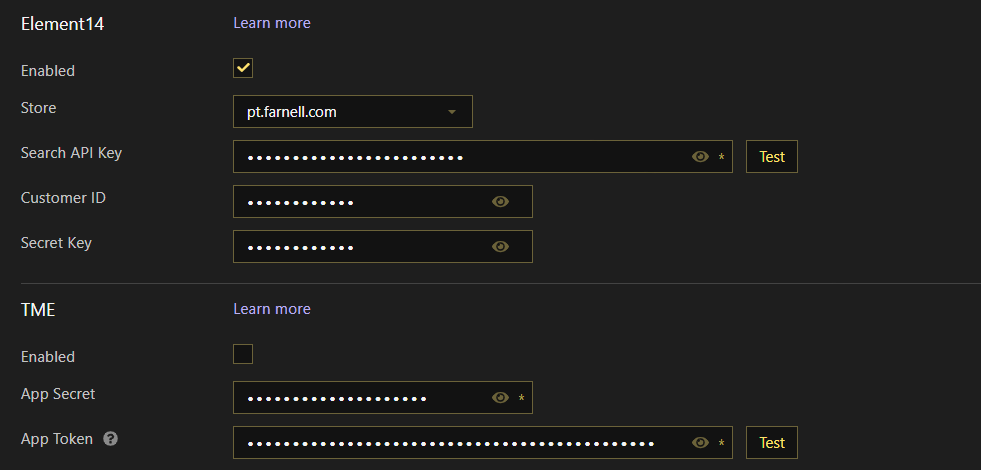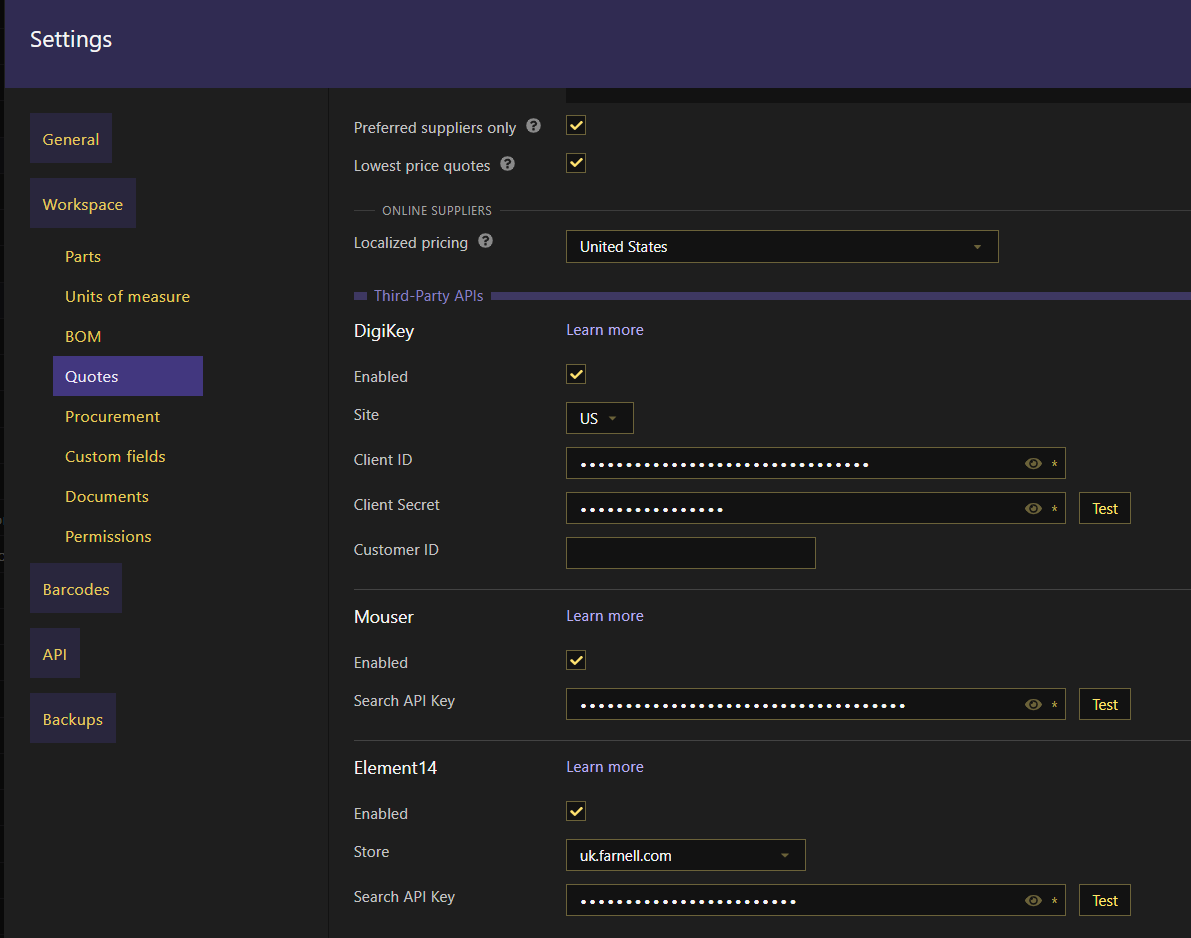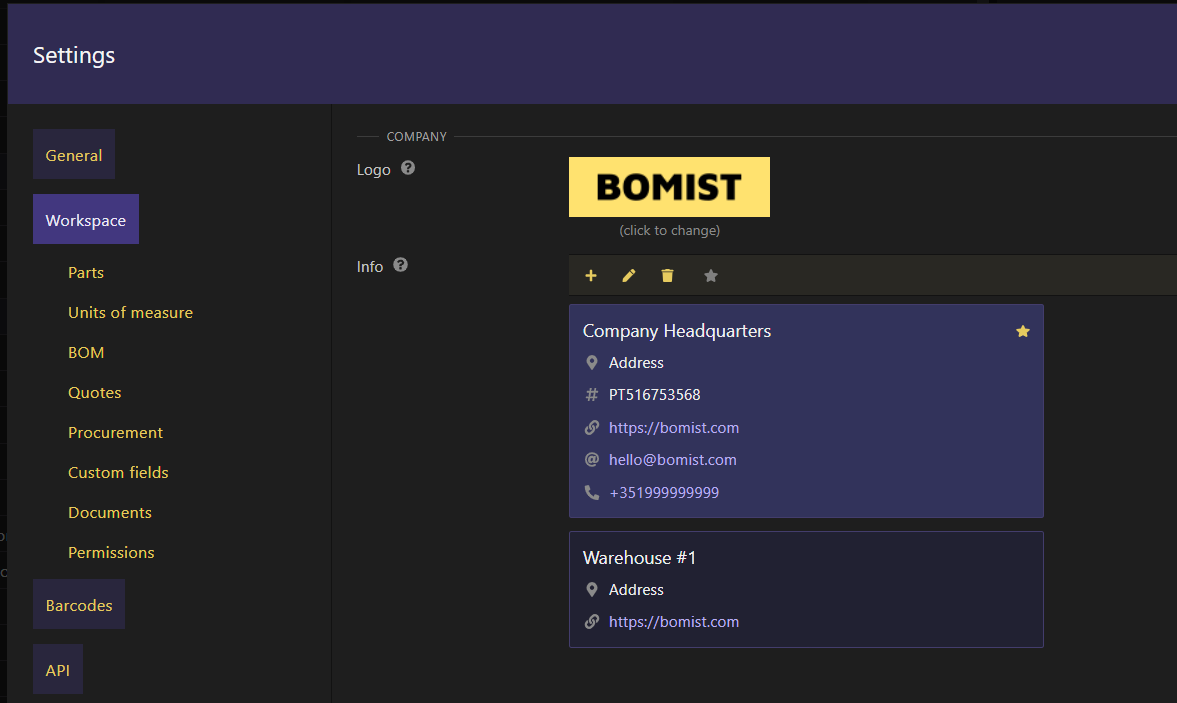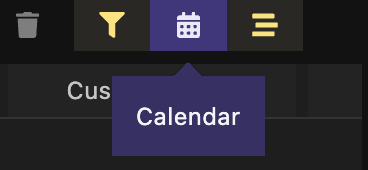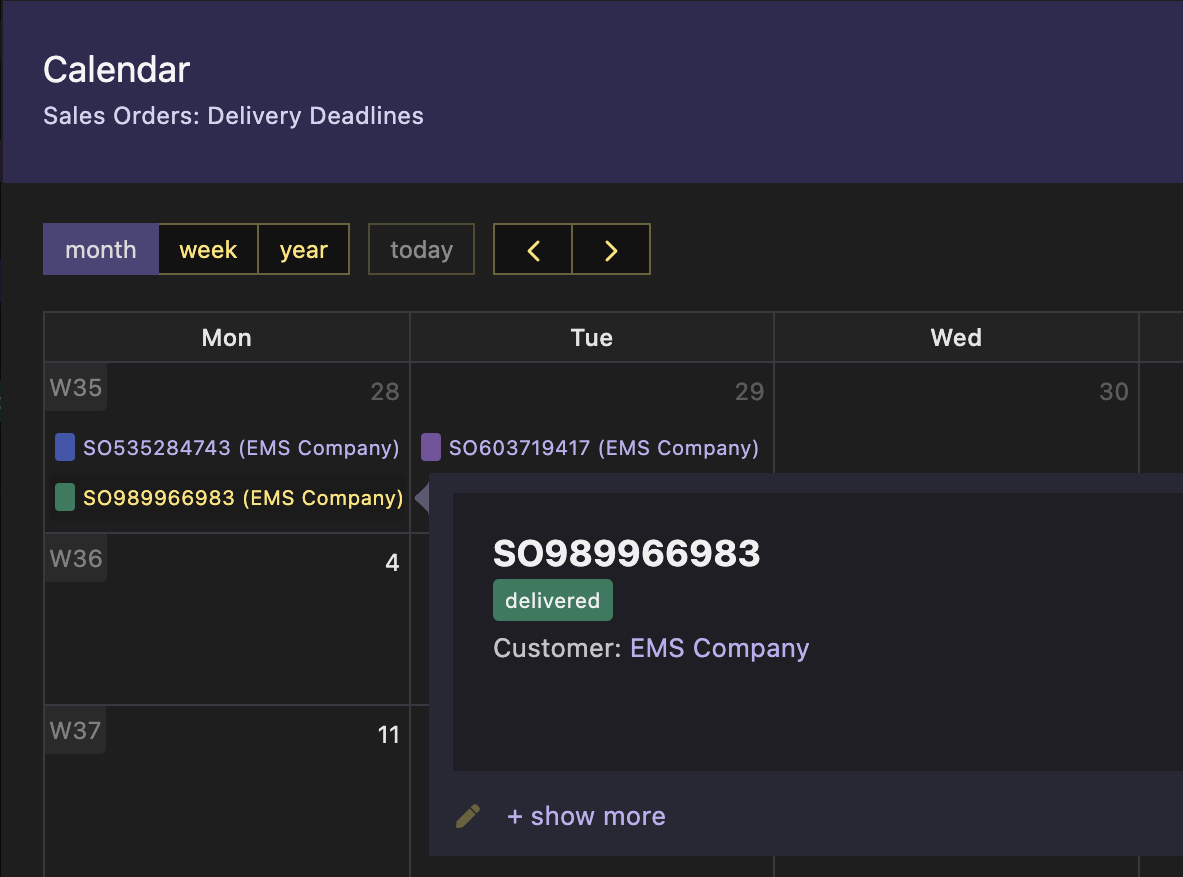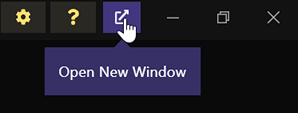- This release brings a much faster implementation of tables. Being a very table-intensive app, this means the app should also perform better overall.
- Columns in tables can now be pinned (to the left of the table) so they are always visible when scrolling horizontally.

Your current table configurations won't be used with this new implementation. This means all columns will be visible by default and with a default size. For every table make sure to select the View previously being used or to hide columns that you don't need to have displayed. Even though this implementation is much faster, the use of table Views is still recommended.

